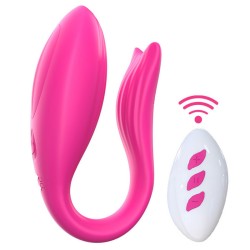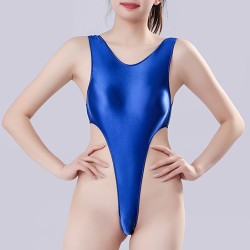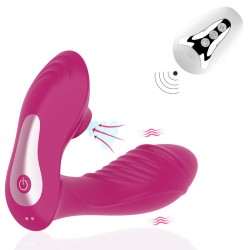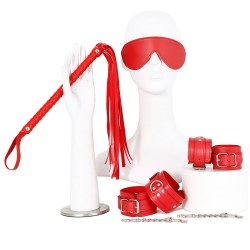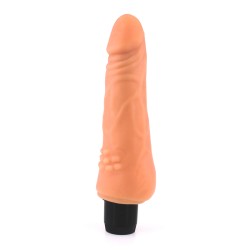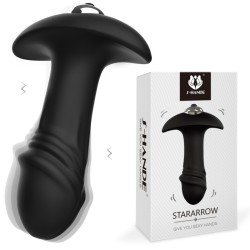10 Greatest Sex Toys For Males Video Demonstration
From couples’ vibrators to therapeutic massage kits, our choice encourages you to share intimate moments and create lasting reminiscences. Rediscover the joy of connecting along with your companion on a deeper level. Dive into our fastidiously curated number of intimate products that cater to a broad range of preferences and needs. Whether you’re trying to improve pleasure, explore new sensations, or address specific issues, our numerous vary consists of products such as lubricants, massage oils, pleasure-enhancing equipment, and extra. Each product is crafted with high quality and security in thoughts, empowering you to prioritize your well-being.
Some come with vibrations for couple play vibraotr, while others concentrate on adding further stress and stamina. Brace yourselves bondage bar with cuffs bondage booties0, gentlemen; some of these high-tech blowjob simulators are so good reviewers declare they feel higher than oral intercourse. These suction-based masturbators replicate the sucking, licking, and swirling sensations of a real mouth. Lexi Inks (she/her) is a lifestyle journalist based in Jacksonville, Florida. She has reported on numerous subjects, including sexual wellness, astrology, relationship points, non-monogamy, mental health dildo for sex machine, popular culture, and more. In addition to Women’s Health, her work has been revealed on Bustle, Cosmopolitan, Well + Good, Byrdie, Popsugar, and others.
Additionally, this class is where you’ll discover harnesses to make use of with those dildos. The TooTimid store has been trusted by lots of of hundreds since 2000, and we offer a one-year guarantee on all of our products. Hand controlled vibrating pace with no actual bells and whistles. Heighten associate pleasure with XR Brands and California Exotic Novelties.
If you’re in search of one thing a bit extra adventurous, there’s a stunning number of large dildos obtainable. This collection of girthy toys begin in lengths around 7” and go beyond 14”. When utilizing any dildo toy, particularly the bigger ones electrosex urethral sound 7.5 in dildo, it’s important to make use of plenty of lube. While its origins remain shrouded within the mists of history, the dildo was in all probability the unique sex toy. Amongst different historic artifacts from the Palaeolithic interval, scientists discovered an 8-inch phallus manufactured from siltstone. Often the sex-toy males think they need a masturbator, in any other case called a stroker or the genericized brand name “Fleshlight.” Look, utilizing a male masturbator is pretty life-changing, however we all the time like to provide a caveat.
No matter what you seek or your particular person needs and issues, Allure desires to make certain that you like something we advocate in our stories. We imagine that having a various group of writers and editors—in addition to the wide range of out of doors testers and business consultants we often call upon—is essential to reaching that aim. Other picks we’ve highlighted right here include the Kalii Glass Dildo—it’s shaped specifically to achieve the G-spot—and the basic rechargeable Magic Wand vibrator.
We are a premium online grownup store, with an enormous range of enjoyable and pleasurable products, together with sex toys strap on clit stimulation, lingerie, costumes bondage booties, and footwear. Whether you wish to improve a relationship bondage arm binders, reward yourself with something fun or improve your confidence, you are in the best place. Ultimately, if you’re up for some actually out-of-this-world orgasms we vibe adult toys, take a glance at our Aneros Helix Syn Prostate Probe. This luxurious intercourse toy is completely designed to enhance one’s orgasms and it’s one of the most sought-after toys in this class. It’s designed for straightforward insertion and may pivot forwards and backwards hands-free!
He appreciated the discreet packaging and variety of internal textures. As he used it, I noticed how the stretchy material accommodated his measurement comfortably. The disposable nature made clean-up non-existent, although we each felt a twinge of guilt in regards to the waste. For the value level, Mr. X was thoroughly impressed with the sensation and convenience. When I first started in this field, I was clutching my pearls, too.
While the realistic texture was a evaluation highlight, we beloved the stopper node located in the path of the top of the sleeve. It simulated a deep-throating sensation that was just like the icing on the cake for anal intercourse lovers. The testers also noted the pliability of the squishy silicone materials and pliable physique.
Those in search of further consolation should try the Tabu Nuri, which has a singular warming operate. Wild Flower is an online sexual wellness retailer specializing in inclusion, training, and exploration. They are recognized for not gendering any of their merchandise to make the purchasing experience approachable for anyone, and likewise for their unique line of toys that anyone can use—including the award-winning Enby vibrator.
A curved dildo and G Spot vibrator supplies the premise for powerful internal orgasms. Sure you can orgasm by way of clit stimulation, but insert a vibrator into the vagina that massages the G Spot and you can even squirt. The G Spot sex toy is an important grownup toy in a women’s private pleasure toy field. The obvious intercourse toy, the very first thing most individuals consider when they need to shop for adult toys online. This is often a realistic wanting penis replica and can be made to really feel incredibly sensible. Not only for masturbation, women all over the place are using them wit their lover as a half of foreplay to get warmed up for penetrative sex.
